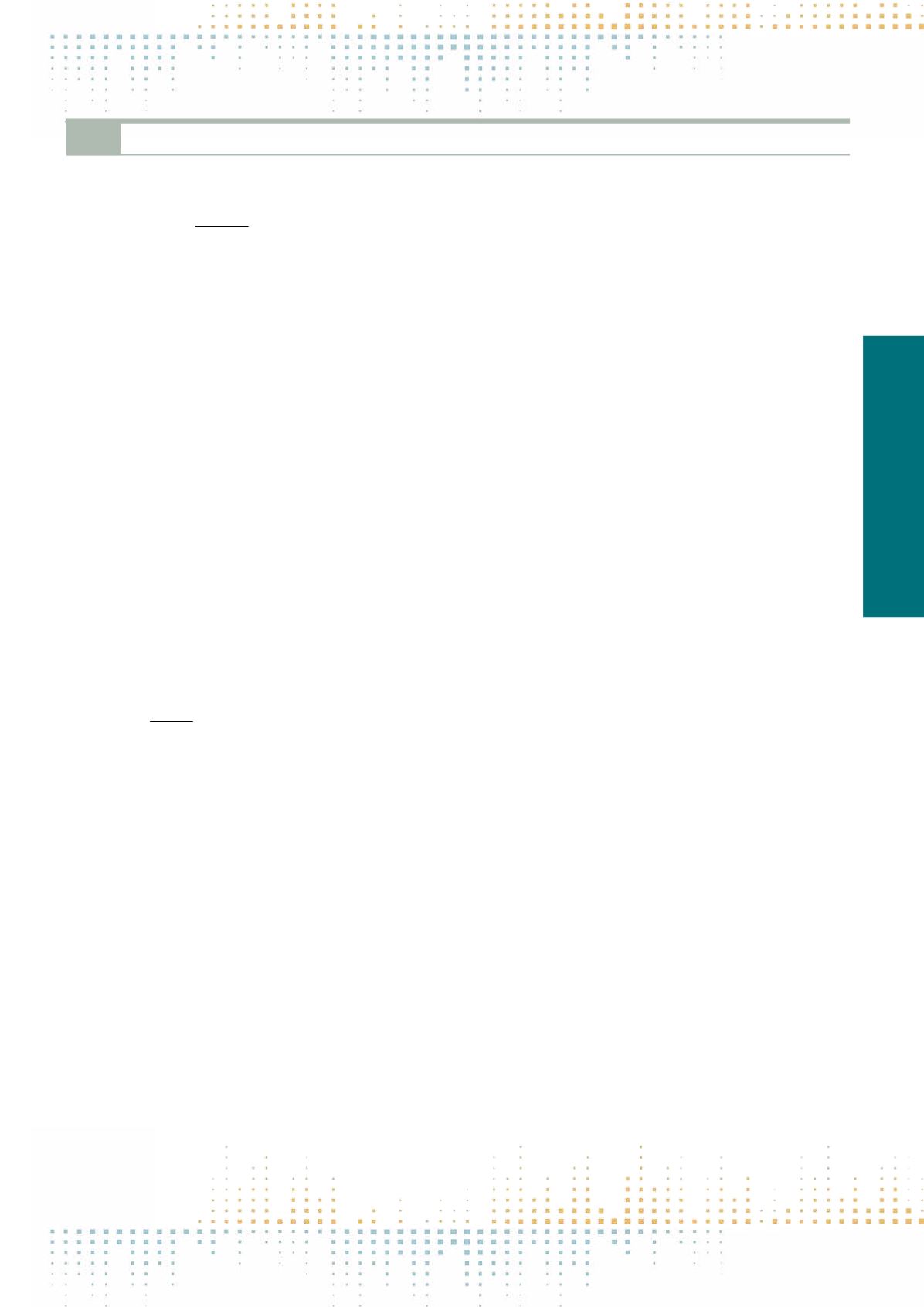

367
Thursday, November 10
1 4 : 3 0 – 1 6 : 0 0
JOS09
Journalismand Social Media
PP 151
Primacy of Pictures and Uncertainty in Dealing with Social Media Sources: A Qualitative Pilot Study of the Professional Field of “Social
Media Editors” in German TV Newsrooms
O. Hahn
1
, I. Brodesser
2
1
University of Passau, Passau, Germany
2
University of Passau, Chair of Journalism, Passau, Germany
Today, pictures of spontaneous events or isolated countries reach us almost“live”: social media is what makes it possible. Especially in crisis areas like Syria
they often constitute the only visual source to convey TV viewers a sense of the situation on the ground. For that reason many German broadcasters have
institutionalized their social media work by integrating it into existing structures and working procedures. The new job profile of “social media editor”has
emerged. This exploratory study aims at elucidating daily working routines and role perceptions of social media editors as well as structures of TV news
reporting via social media. With regard to Weischenberg’s (1990) “onion model”we have analyzed the new, dynamic job profile in the context of the jour‑
nalistic system. Methodologically speaking, we have conducted ten qualitative semi-structured in-depths interviews with social media editors and editors
in leading positions in both German public service broadcasters ARD and ZDF, the private commercial broadcasting market leader RTL and its news channel
n-tv as well as the news channel N24. Findings show that social media editors are exposed to different organizational imperatives in their media institu‑
tions. While ARD pursues the strategy of centralizing its digital image research in a content centre, ZDF relies on practices of decentralization and having
small teams of specialists in various editorial offices. The social media editor job description is characterized as a traditional journalistic one with a focus on
investigation and communication with relevant groups.Tasks such as identifying and authenticating social web content, maintaining social media channels
as well as researching and presenting network issues determine the everyday working environment.The research of image sources focuses on foreign news,
since the coverage of special events as well as news gathering are often difficult from abroad. Domestic investigation rather deals with breaking-news
events and user-opinions. In both cases, the editors are highly dependent on collaborative reporting, since their sources are local witnesses, reporters on
site and sometimes even audiences.This fact could represent a risk to journalistic quality. Indeed most of the interviewed journalists stated that they usually
use the two-source axiom; it may be questionable how independent sources, especially in crisis areas, are. Interestingly, the survey shows that, along with
the institutionalization of social media work, professionalization increases in this field and causes a positive impact on the journalistic quality of the reports.
At the same time it indicates that journalistic quality standards are not consistently observed by the editorial staff in case a high institutionalization is
not possible, e.g. for financial reasons. In times when journalists lose exclusive access to information, it has never been more relevant to find common
international quality standards for authenticating social media sources and to support social media editors in gathering reliable information independently
of their employers or government. Weischenberg, S. (1992). Journalistik. Medienkommunikation: Theorie und Praxis. Vol. 1: Mediensysteme, Medienethik,
Medieninstitutionen. Opladen: Westdeutscher Verlag.
PP 150
Storylab – A Collaborative Project of Digital Storytelling Between Educations in Journalism and Media Technology
G. Hulten
1
, M. Picha Edwardsson
2
1
Stockholm University, Department of Media Studies, Stockholm, Sweden
2
KTH Royal Institute of Technology, Media technology and Interaction design, Stockholm, Sweden
During the autumn semester of 2015, a unique collaborative project, Storylab, took place between the journalism programme at Stockholm University
and the KTH Royal Institute of Technology in Stockholm. Additionally, the cooperation included the industry partner Svenska Dagbladet, one of the major
Swedish daily newspapers. In this paper we examine this interdisciplinary learning project designed to combine pervasive media technologies with jour‑
nalistic storytelling, and present our main findings. The aim of the study was to identify the drivers and barriers in a cross-curriculum partnership involving
journalism and engineering students. A total of 66 students participated in the project. The students teamed up in interdisciplinary groups in order to
explore the future of digital storytelling, to find innovative design solutions, and to demonstrate practical applications combining journalism with media
technology. The methods for evaluating this project included a survey and semi-structured interviews with the students. The attitudes, experiences, and
learning outcomes of the two students’groups were analysed and compared. The analyses of the results draw among other things on research concerning
the current main challenges for the media industry, journalists and educators (Ramaker, Stoep & Deuze 2015; Picha Edwardsson 2015; Salaverria 2011) and
on Benjamin Bloom’s taxonomy of learning (Bloom 1956). The results show that the engineering students had significantly more positive attitudes towards
the future of the media industry than their journalism peers. However, a substantial majority of all students agreed on that user friendly digital designs
and cooperation with other professionals are the most important factors for a successful media business. A common thread in the qualitative interviews
was that the interdisciplinary collaborative approach of Storylab was highly appreciated, offered a creative learning milieu, and provided the students with
useful tools for their future professional lives. We argue that it is crucial for a sustainable media landscape that journalists and engineers collaborate. In
order to adapt to a transformational media industry, we further contend that it is of vital importance that this cooperation is brought about already during
the professional training. This case offers a model for future interdisciplinary projects. The barriers encountered in Storylab are indicators of the challenges
encountered in“real life”of the media industry. Consequently, educators need to address these challenges now, as they constrain the development of jour‑
nalism in the future media landscape.



















